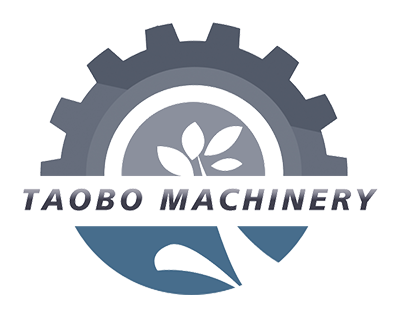The Taobo air screen cleaning machine removes impurities from grains and beans in two steps through a combination of “air separation to remove light impurities + screening to separate particles by size”. The core of the machine is to use the differences in weight and volume between the material and impurities to achieve separation.
An air screen grain seed and bean cleaner is a specialized piece of machinery designed to separate and clean seeds, grains, and beans from impurities using a combination of airflow and screens. These machines are often used in seed processing plants, grain elevators, and farms to ensure that only high-quality, clean seeds or grains are processed, packaged, or stored.
The cleaner uses air to remove lighter impurities, such as dust, chaff, and light seeds, while screens or sieves separate the products based on size. This two-fold cleaning method ensures that unwanted materials are efficiently removed, and the cleaned product is sorted according to size and weight.
Step 1: Air Separation – Removing Light Impurities
Air separation primarily removes light impurities from grains and legumes, such as dust, chaff, shriveled kernels, and broken straw.
Airflow Generation: The equipment’s built-in fan generates a steady airflow, typically perpendicular to or countercurrent to the direction of the falling material.
Air Action on the Material: As grains and legumes fall from the feed inlet, they pass through the airflow generated by the fan.
Light and Heavy Separation: Heavy, qualified material (such as plump wheat kernels and beans) is significantly affected by gravity and will overcome airflow resistance, falling directly to the next stage of screening. Light impurities (such as chaff and dust) are significantly affected by the airflow and are blown toward a dedicated collection channel, ultimately being discharged through the discharge port. Some equipment also uses bags to collect these light impurities to prevent dust.
Step 2: Screening – Separating Large and Small Impurities
Screening primarily removes impurities that differ significantly in size from grains and legumes, such as large straw and clumps of soil, or small sand and gravel. The core component is screens of varying mesh sizes.
Screening grading: The equipment typically incorporates multiple layers of screens with varying mesh sizes. The apertures of the upper screen are larger than those of the acceptable material, while the apertures of the lower screen are smaller.
Vibration screening: The screen body vibrates through a transmission mechanism, causing the material to move and tumble evenly across the screen surface.
Dividing discharge:
Large impurities (such as long straw and large clumps of soil) cannot pass through the upper screen and are discharged through the “large impurity outlet” as the screen vibrates.
Acceptable impurities (such as plump wheat kernels and beans) can pass through the upper screen and land on the lower screen. Since they cannot pass through the lower screen, they are ultimately discharged through the “clean material outlet.”
Small impurities (such as fine sand and gravel) can pass through the lower screen and be discharged through the “small impurity outlet,” completing the complete separation of large and small impurities.
Taobo cleaning machinery supports customization: adapting to different materials.
To accommodate the differences between grains (such as wheat and corn) and legumes (such as soybeans and peas), air screen cleaners typically feature adjustable designs:
Adjustable air speed: For legumes, which are heavier, the fan speed can be increased to ensure that light impurities are blown away; for grains, which are lighter, the air speed can be lowered to prevent the loss of qualified material.
Replaceable screens: Depending on the particle size of the material, the screen can be replaced with a different mesh size. For example, a large-diameter screen can be used for cleaning soybeans, while a small-diameter screen can be used for cleaning millet.
Post time: Oct-17-2025










